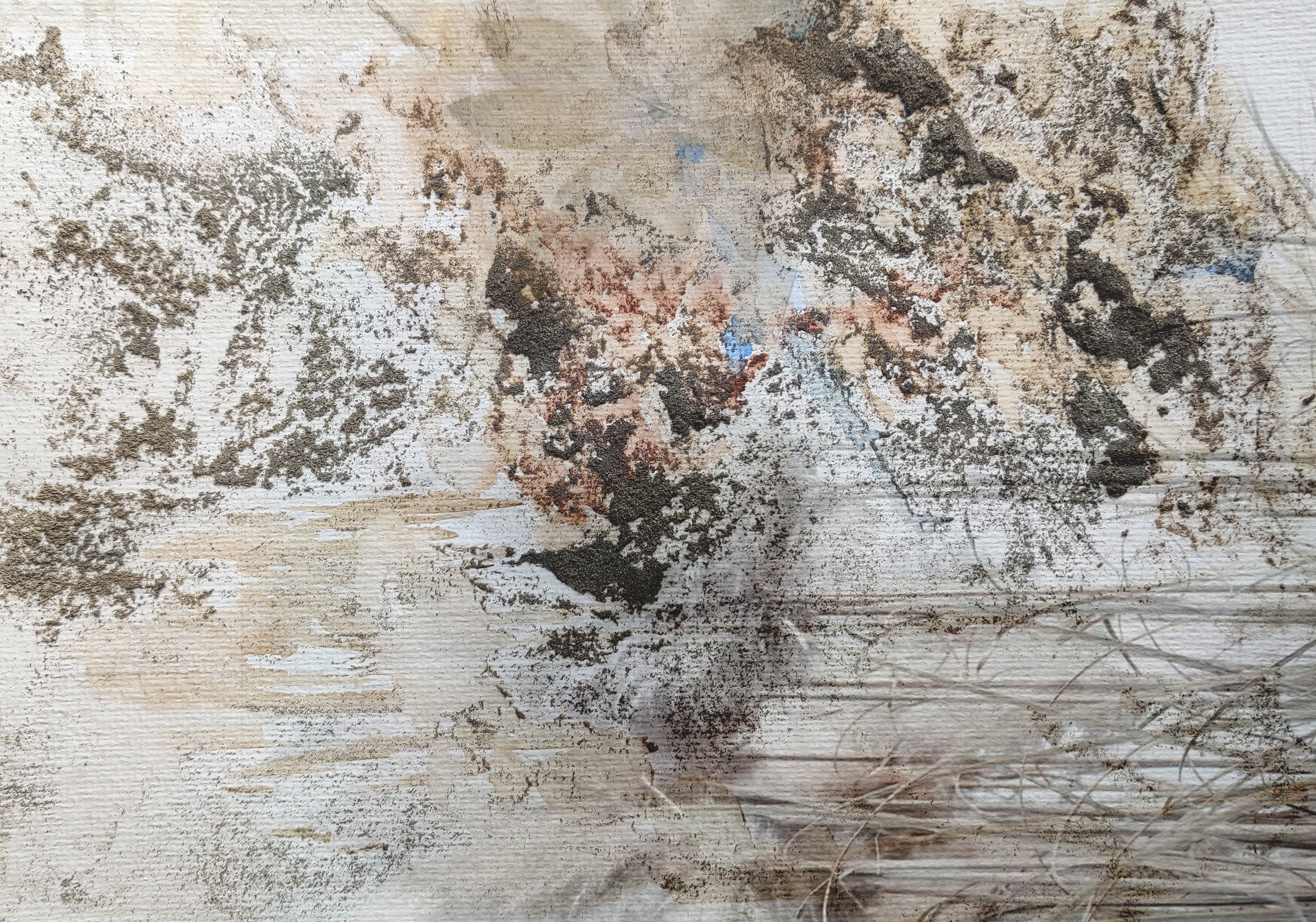
On Moving Mountains
LAND 593 / 2024
Victoria University of Wellington
While soil is crucial to the well-being of both human and nonhuman life, its importance is rarely acknowledged within land development processes. Damaging practices of soil destruction brought about by ubiquitous topographic manipulation are culturally normalised and even idealised within landscape architecture through scenic images of neat, flat lawns and expansive, rolling parks, employing dominant soil 'management' techniques naturalised within the field. Mindful of the ecologies and relations destroyed through ongoing practices of topographic manipulation, this research through design asks 'how would landscape architects approach design if soil was treated as a living entity?' The research develops three design experimentations, testing the capacity of landscape architectural practice to discover the multiplicity of life below ground and manifest spaces co-produced with their non-human actors. The humanly-modified ground of Paremata is explored as a case study, developing an embodied process of mapping and designing-with the discursive materiality of a site in an attempt to respond to the trauma of displaced soil. The results identified a methodology that positioned the site as a reciprocal collaborator, de-centering the human and allowing soil agency in co-creating spaces. By foregrounding soil as more than just a medium for plant growth, a material for modification, or a substrate to build upon, the work asserts that landscape architects might regain a more relational ethic towards soil care and participate in building regenerative futures.
